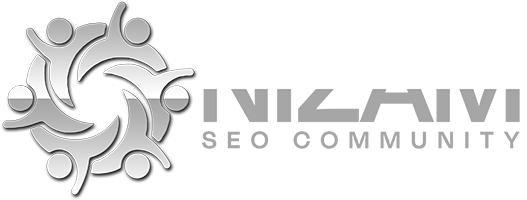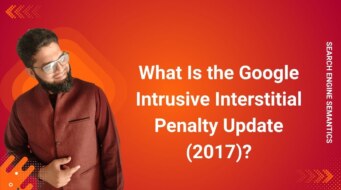What is Crawling in SEO?
Crawling is the process by which search engines like Google, Bing, and others use automated bots (also known as crawlers, spiders, or Googlebot) to discover, scan, and read webpages across the internet. This step is essential to SEO, as it determines whether your content can even appear in search results.
If your website isn’t crawled, it can’t be indexed. If it isn’t indexed, it won’t rank — no matter how good your content is.
How Does Crawling Work?
Search engine crawling happens in several strategic steps:
1. Starting from Known URLs
Crawlers begin with a list of trusted or previously indexed URLs, including:
Submitted sitemaps
Backlinks from other websites
2. Fetching the Page
The crawler visits a URL and downloads its content, including:
HTML
CSS/JS files
Images and metadata
3. Analyzing the Page
It then analyzes on-page content, such as:
Title tags and headings
Keywords
Internal and external links
Alt text and structured data
4. Following Links
Crawlers follow links on the page to discover new pages:
Internal links (to other parts of the same website)
External links (to other websites)
5. Sending for Indexing
Once content is crawled, it’s queued for indexing — the next step in the SEO lifecycle where content is stored and ranked.
Factors That Affect Website Crawling
Several technical and strategic elements influence how efficiently your website is crawled:
1. Crawl Budget
Search engines allocate a specific number of pages they will crawl within a certain period. This depends on:
Website authority
Site health
Update frequency
2. robots.txt File
This file tells crawlers which parts of your website to crawl or skip. Example:
3. XML Sitemap
An XML sitemap is a roadmap for crawlers that lists important URLs. Submitting your sitemap to Google Search Console improves crawl efficiency.
4. Site Speed & Server Errors
Slow-loading pages reduce crawl rate.
Frequent 5xx server errors can stop crawlers from visiting your site altogether.
5. Internal Linking
Proper internal linking helps bots discover all content — especially deeper pages that aren’t linked from the homepage.
6. Duplicate Content
Too much repetitive content wastes crawl budget. Crawlers prioritize unique, valuable pages.
Crawling vs. Indexing: What’s the Difference?
| Aspect | Crawling | Indexing |
|---|---|---|
| Definition | Discovery of web pages by bots | Storage and organization of crawled content |
| Process | Fetching & analyzing content | Ranking and retrieval in SERPs |
| Tools | robots.txt, sitemap.xml | Canonical tags, structured data |
| Goal | Ensure bots find your pages | Ensure pages appear in search results |
Example of Crawling in Action!
Let’s say you publish a new article:
https://yourwebsite.com/blog/seo-trends-2025
Googlebot discovers this URL via your sitemap or internal link.
It fetches and scans the content.
It follows outbound links from the article.
The content is submitted to Google’s index for ranking.
If your page loads slowly, lacks internal links, or is blocked by robots.txt, Googlebot may delay or skip crawling it — affecting SEO performance.
Why Crawling Matters for SEO!
| Benefit | Description |
|---|---|
| Search Visibility | No crawl = no index = no visibility |
| Keyword Rankings | Crawled content can rank for relevant queries |
| Fresh Content Discovery | Regular crawling ensures updates get indexed |
| Technical SEO Optimization | Crawlers detect SEO issues like broken links, redirects, or inaccessible pages |
Final Thoughts
Crawling is the first step to getting found on Google.
If bots can’t access, read, or navigate your site, your content will remain invisible to the world.
To maximize SEO success, you must optimize your website for crawlability — ensuring that crawlers can efficiently and effectively discover all of your high-value content.
Want to Go Deeper into SEO?
Explore more from my SEO knowledge base:
▪️ SEO & Content Marketing Hub — Learn how content builds authority and visibility
▪️ Search Engine Semantics Hub — A resource on entities, meaning, and search intent
▪️ Join My SEO Academy — Step-by-step guidance for beginners to advanced learners
Whether you’re learning, growing, or scaling, you’ll find everything you need to build real SEO skills.
Feeling stuck with your SEO strategy?
If you’re unclear on next steps, I’m offering a free one-on-one audit session to help and let’s get you moving forward.



